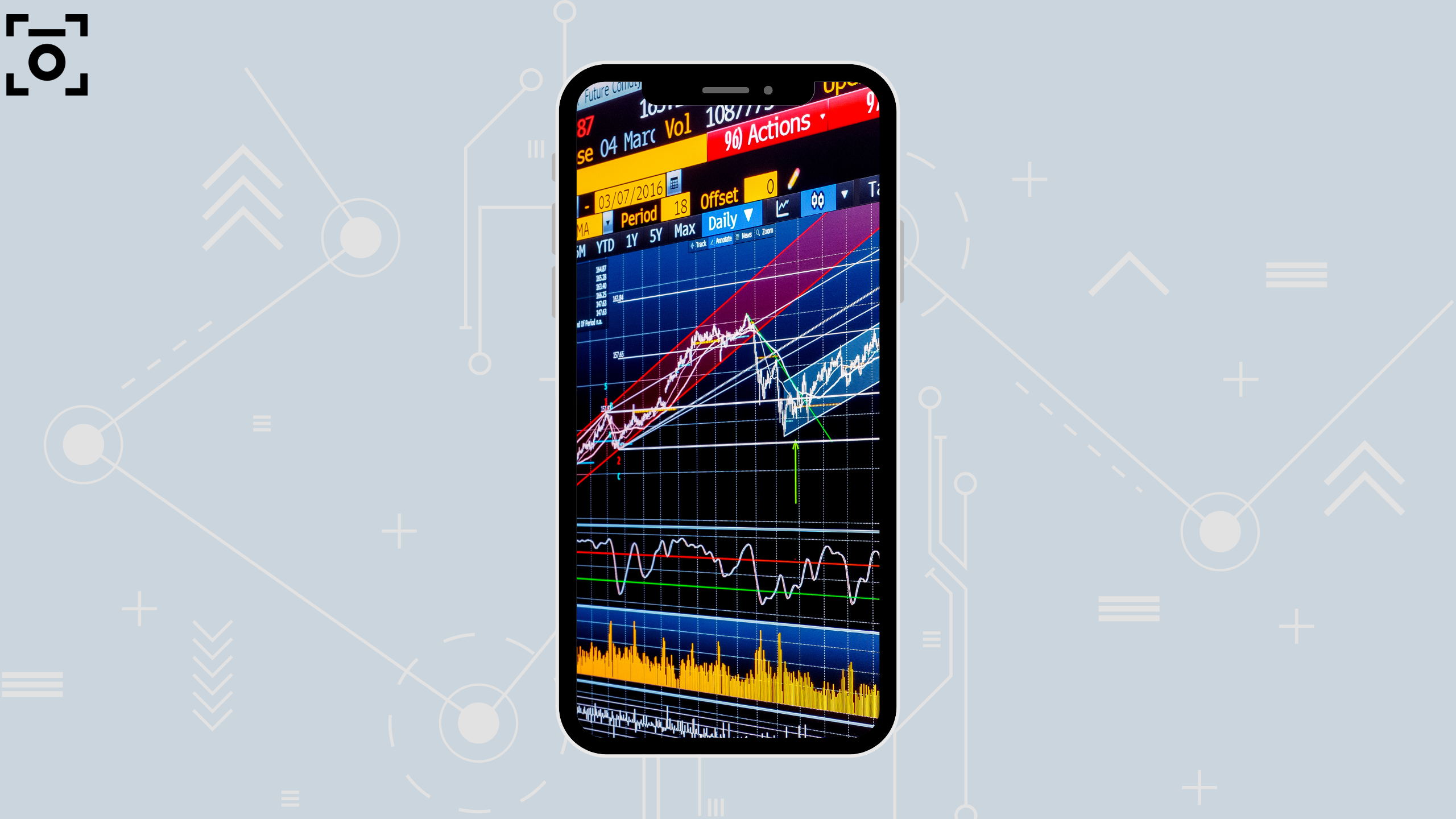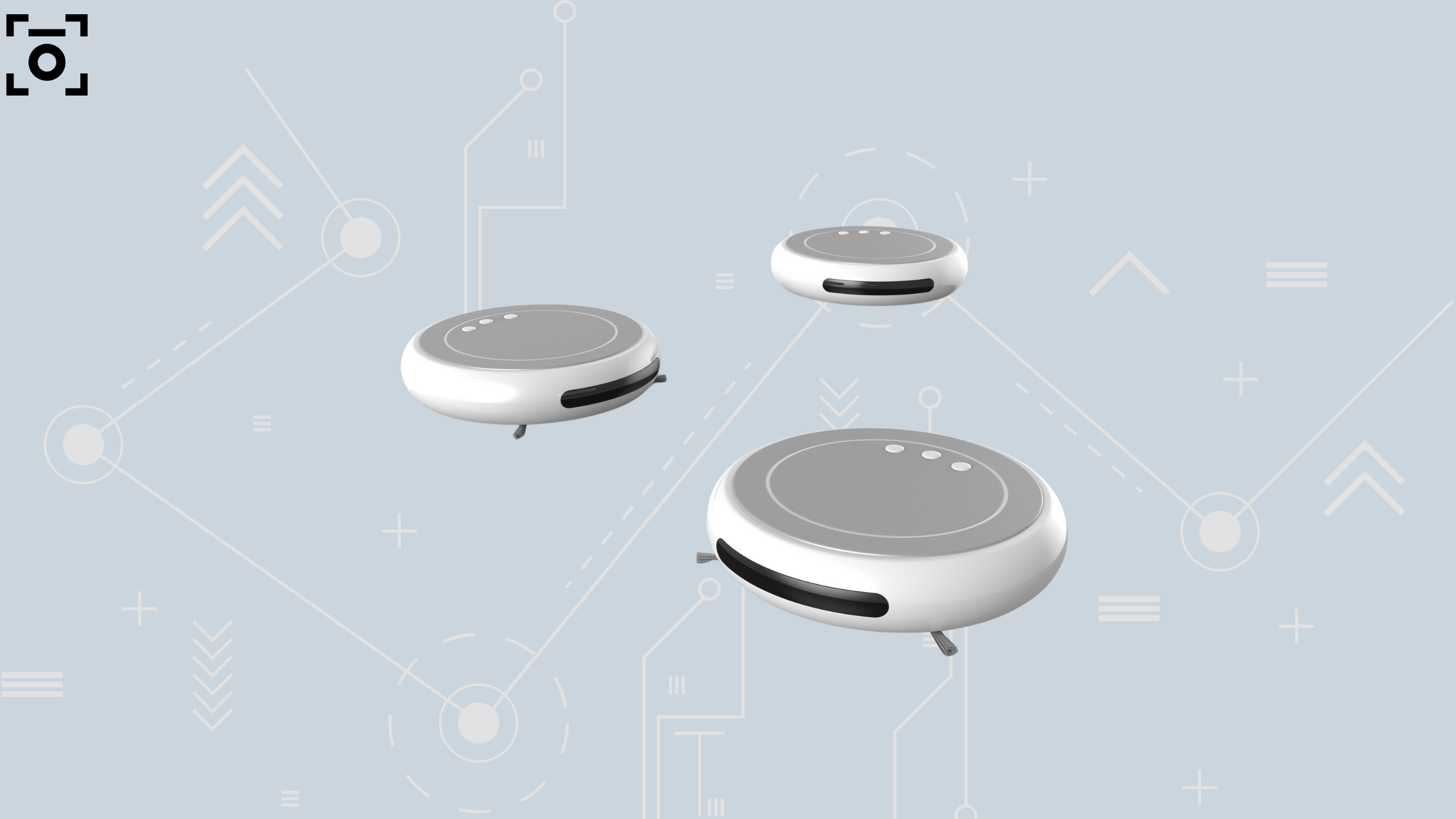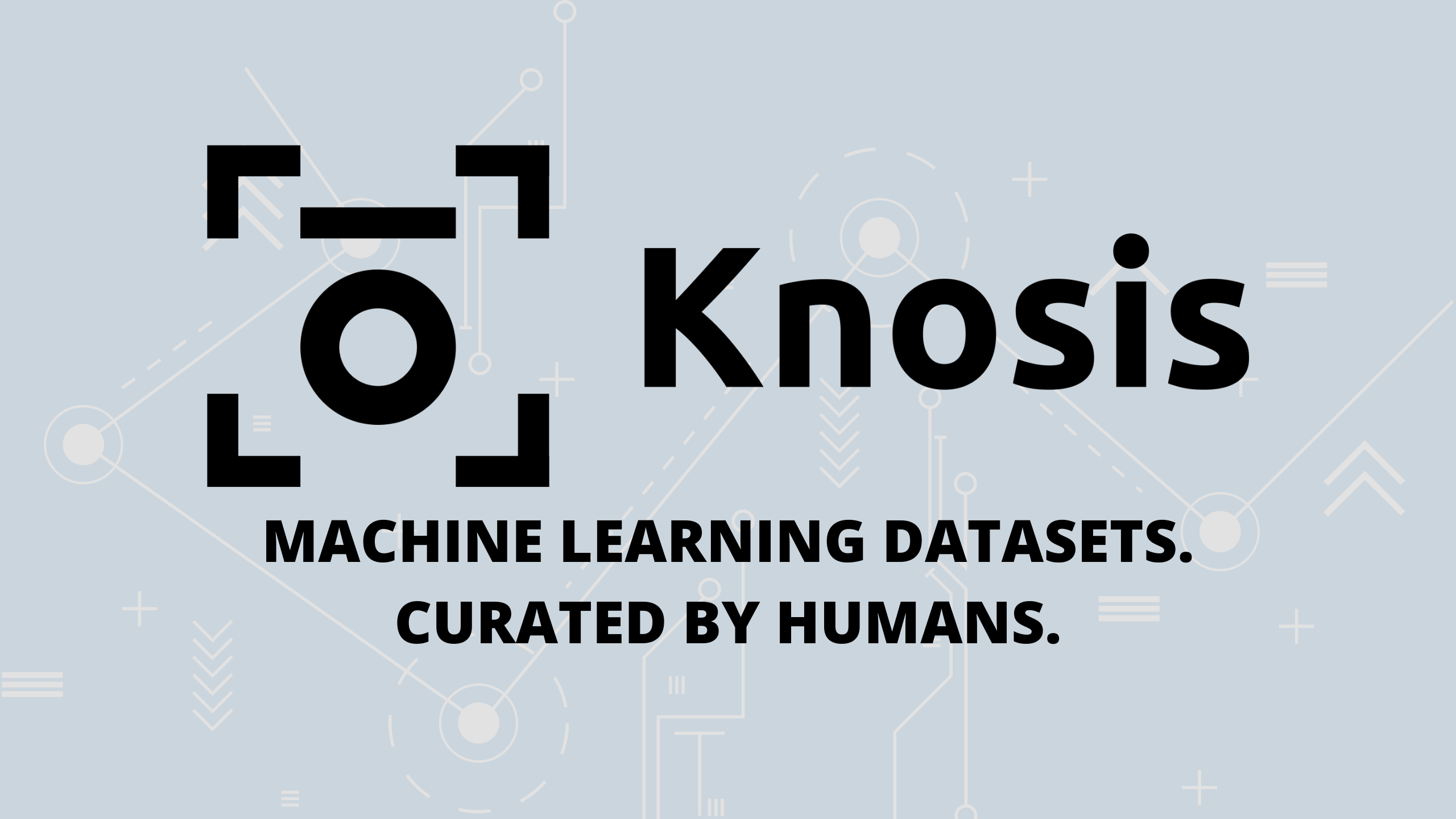Continuăm seria de blog „Dimensiunea Științifică a Artei” cu o temă complexă, Inteligența Artificială. Aflăm ce este, cum se manifestă și ce așteptări putem avea de la ea. Bogdan Bocșe, CEO @ Knosis, și specialist în Inteligență Artificială, ne conduce în această discuție captivantă.
Ce este Inteligența Artificială? O putem defini?
În utilizarea populară a termenului, Inteligența Artificială (AI) se referă la capacitatea unui computer sau a unei mașini de a imita capacitățile vieții umane. Învățarea din exemplele și experiențe, recunoașterea obiectelor și combinarea unor capabilități de a îndeplini funcții, pe care le poate îndeplini un om, cum ar fi conducerea unei mașini, toate acestea sunt trăsături ale AI.
Sau, ca să ne apropiem de Dimensiunea Științifică a Artei, capabilitatea unui robot de a desena după model, așa cum o face un artist.
Există deja roboți celebri cu AI, precum robotul Ai-Da, care desenează portrete și mai nou, desenează chiar autoportrete. Există și robotul Sophia, care este cetățean de onoare în Emiratele Arabe Unite.
Ce este de fapt Inteligența Artificială?
„Inteligență Artificială este un deziderat, deocamdată. Ea este un concept mult mai amplu decât ne fac știrile să credem, sau decât ar vrea creatorii acestor roboți să ne sugereze.” - Bogdan Bocșe, CEO Knosis și specialist în AI.
Un calculator de buzunar, care știe să facă doar adunări, este o formă de AI?
Acele ceasuri vechi cu calculator erau o formă de AI. Ele puteau să facă tot felul de operații matematice și să indice ora.
Discuția despre ce este și ce nu este Inteligența Artificială va porni de la acest exemplu simplu din trecut. Într-o definiție superficială a inteligenței artificiale, toate obiectele făcute de om, care prin natura lor, fac activitatea umană mai ușoară, mai plăcută și chiar mai utilă, sunt diferite forme de AI. Chiar și primele busole marine erau o formă de AI, rudimentară, ce-i drept.
În epoca în care trăim
Chiar și telefonul mobil este o formă de AI. Acesta poate executa o mulțime din sarcinile umane de zi cu zi. Un telefon poate să facă calcule, poate să caute lucruri pe internet, poate să țină evidențe, și poate să facă chiar rapoarte contabile.
Inteligența Artificială trebuie să aibă o utilitate, o adaptabilitate, și să fie făurită de om, însă aceste aspecte nu sunt suficiente pentru a o defini.
O formă de inteligență nu este doar artificială, ci poate avea alte deziderate, de exemplu, autonomia, automatizarea, capabilitatea de adaptare.
În marketingul creat în jurul termenului de AI, acest concept a fost lansat pentru publicul larg, drept acel robot umanoid care să reproducă în detaliu spectrul uman, și care să imite atât de bine comportamentul omului, încât să îți fie greu să îl deosebești de un om adevărat.
Ce așteptări avem de la Inteligența Artificială?
Să așteptăm ca Inteligența Artificială să aibă genialitatea omului?
Un exemplu concret și utilizabil este să facem substituția mentală că această inteligență artificială este similară cu un copil autist. În sensul în care, cu siguranță are un potențial de adaptabilitate și descoperire a formelor și tiparelor care produc o anumită utilitate observabilă, dar interfața acestui dispozitiv este limitată, încă.
Este limitată la câteva interacțiuni video, la ceea ce tastăm, dar pe măsură ce expunem aceste forme de inteligență la oportunitatea de a colecta date, de interacționa cu medii diverse, cu situații diverse, începem să dăm simțuri acestor ființe, și să depășim aceste bariere de comunicare, ce există între noi, ființele bazate pe carbon, și aceste ființe emergente, bazate pe siliciu.
Pentru a depăși aceste bariere trebuie să îmbunătățim interfața, trebuie să îmbunătățim cât de ușor, și cât de intuitiv, o mașină ne poate arăta nouă lucruri reale relevante, și cât de ușor și intuitiv noi ne arătăm aceste lucruri potențial relevante.
Secolul XX
Ne-a făcut să ne concentrăm pe o definiție deterministă, binară, a inteligenței artificiale. Este adevărat sau este fals. Este corect sau nu este corect. Realitatea este că în majoritatea situațiilor, inteligența este abilitatea, nu doar de a răspunde la o întrebare, ci abilitatea de a o pune în context, de a solicita un context suplimentar, de a refuza să răspunzi, justificând motivul.
Este de datoria noastră ca „părinți”, ca făuritori ai inteligenței artificiale, să îi dăm un abecedar, un barem, un cadru și o programă educațională, care să îi poată materializa intuiția celorlalte concepte cu care noi interacționăm și suntem obișnuiți.
Trecerea acestui pod, îmbunătățirea acestei interfețe, aceasta este cheia
Astfel, vom vedea ce este cu adevărat inteligență artificială și care este adevăratul său potențial.
„Eu cred că inteligența artificială, pe măsură ce acest pod se va consolida și imaginea, de ambele părți, va deveni mai clară, această inteligență artificială va funcționa ca o oglindă colectivă a civilizației umane, atât în ceea ce privește relația noastră cu mediul, cât și în ceea ce privește relația noastră cu adevărul și modul în care ne ascultăm unii pe ceilalți. Aceasta este direcția în care inteligența artificială nu doar că este ceva, ci va deveni ceea ce îi cerem noi, beneficiarii umani, să fie”- Bogdan Bocșe, CEO Knosis și specialist în AI.
Încheiem articolul cu o întrebare deschisă pentru toți pasionații de AI, o tematică de contemplare asupra problematicii.
Ce atribute, ce calități, considerați voi că ar trebui să demonstreze inteligența artificială?


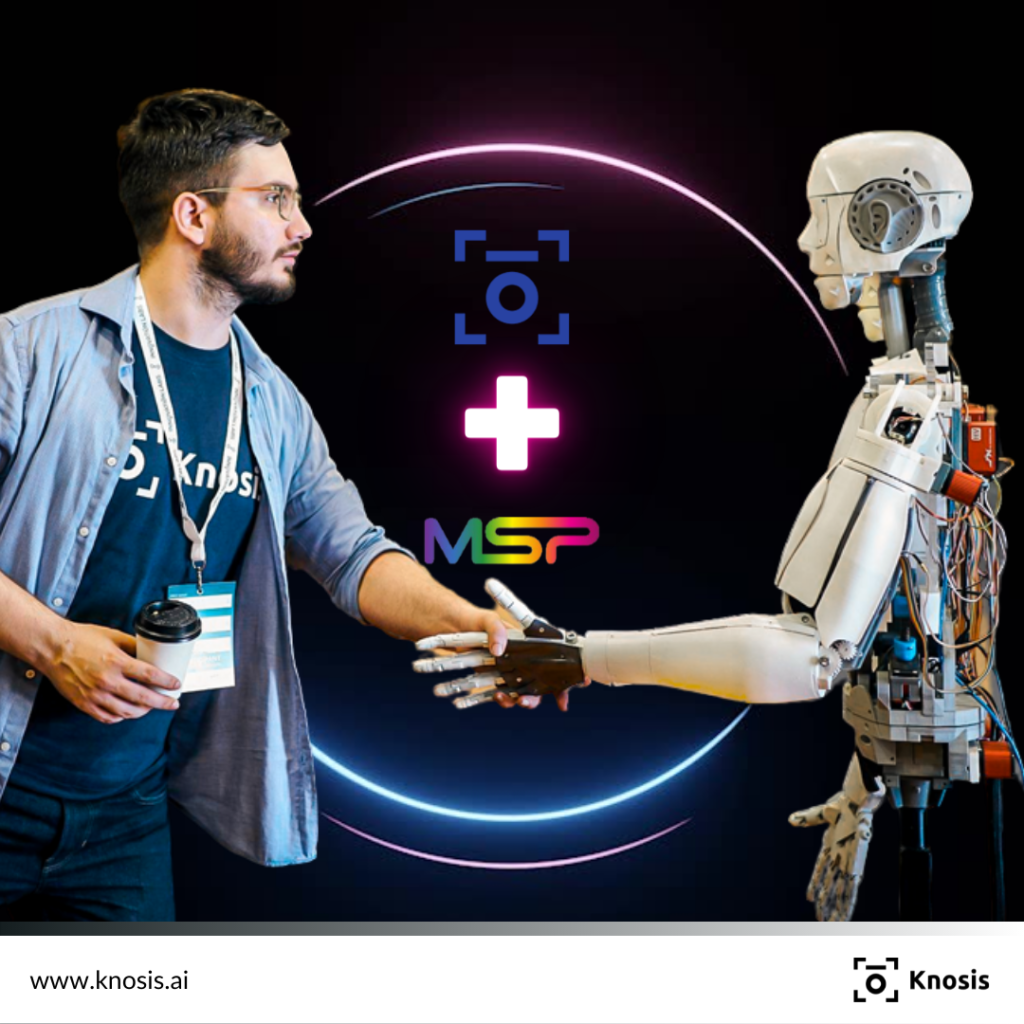
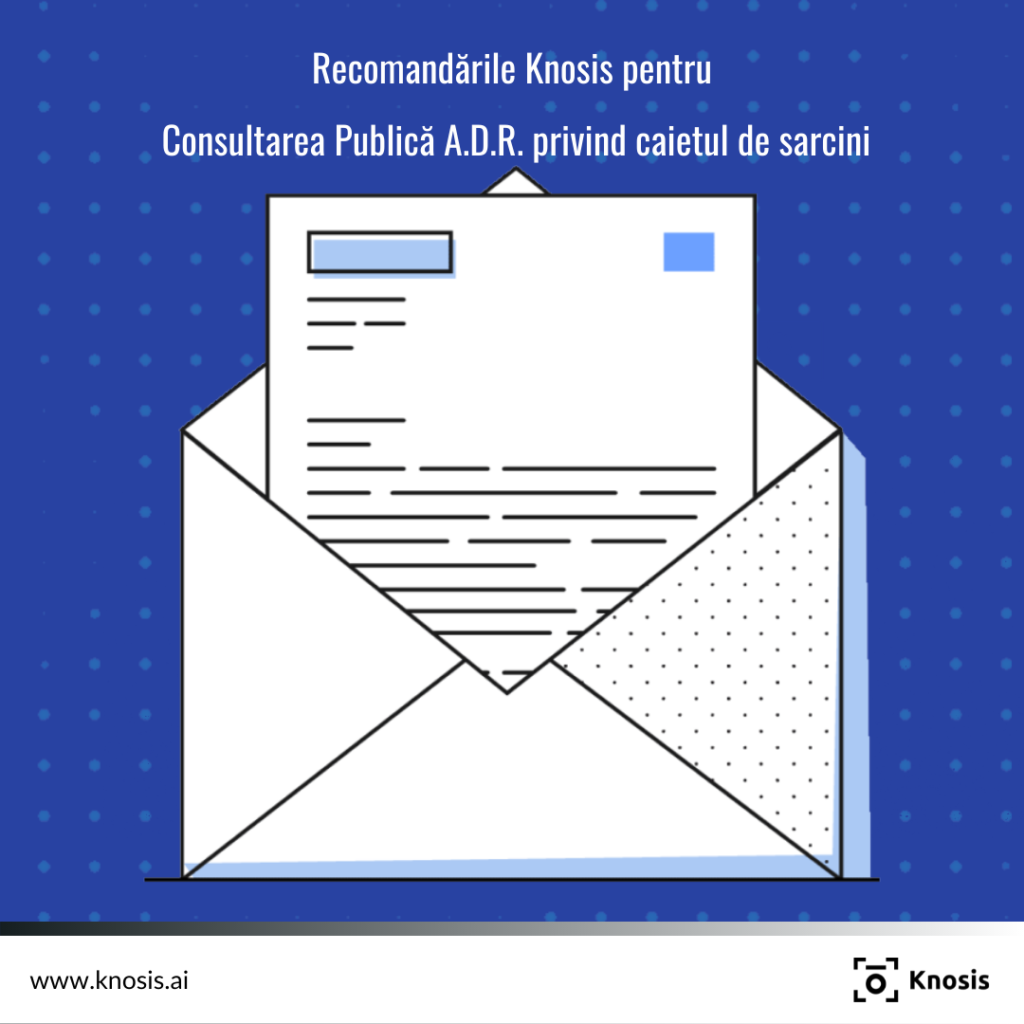
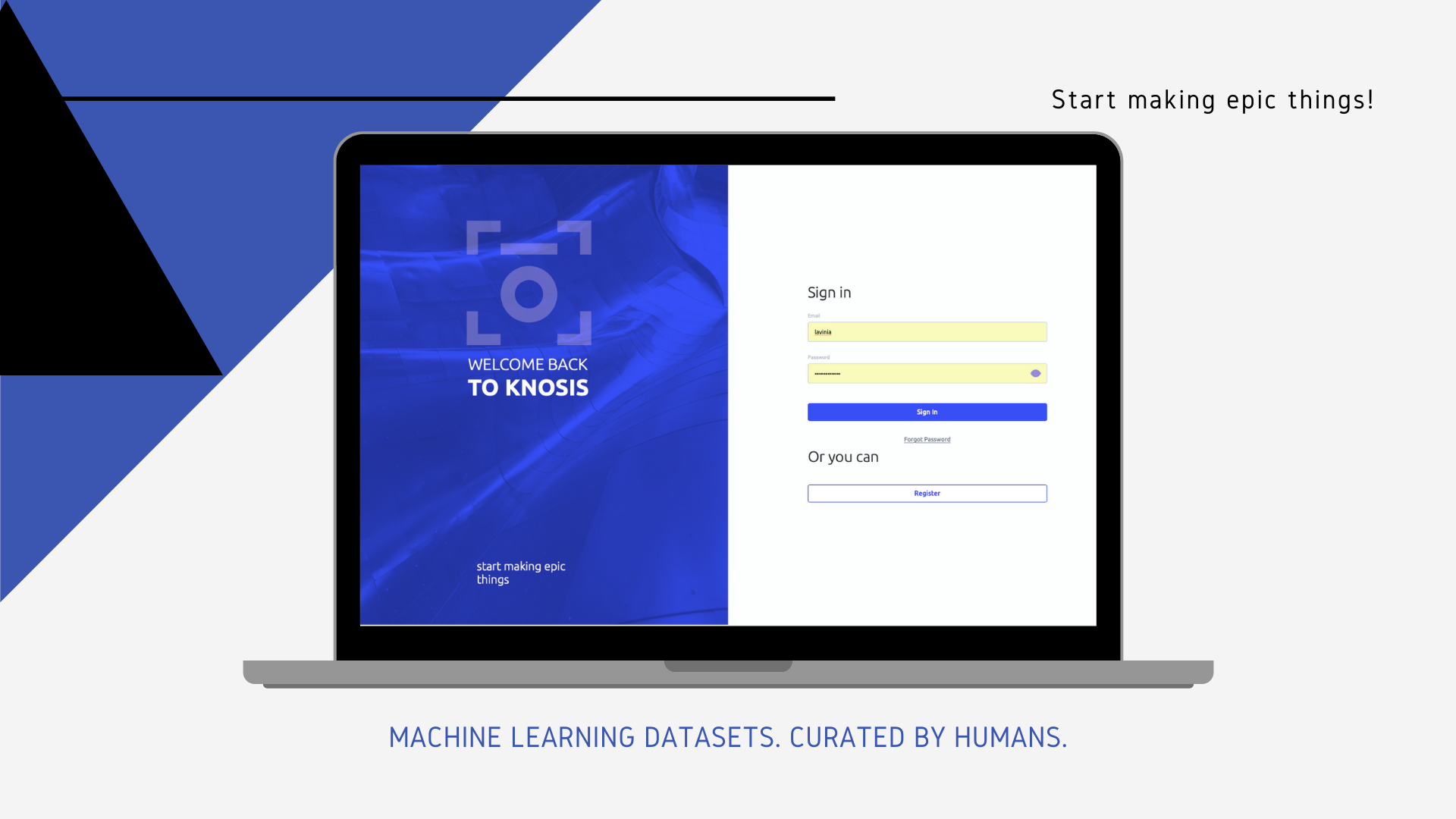 Fill in our
Fill in our 